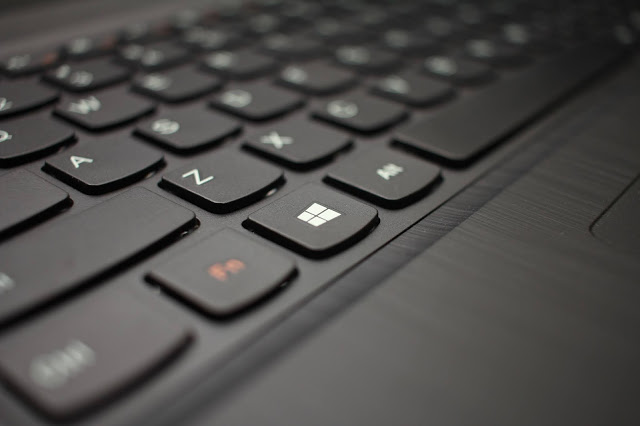A keyboard is a hardware device on a computer that functions as a tool for inputting data in the form of letters, numbers, and symbols. And the keyboard can also be interpreted as computer hardware in the form of a board and has various kinds of buttons where the functions of the buttons vary depending on the emphasis which can produce processes that are in accordance with the wishes of the user. Not only as a tool for inputting data, but the keyboard also has a variety of key functions with special combinations. Basically, there are 2 types of keyboards in computers, namely PS2 and USB, but with the development of technology, now there are keyboards that use wireless or without using cables.
Keyboard Functions
In general, the function of the keyboard on a computer is to send commands from each letter, number, and symbol that is typed and then convey it to the Central Processing Unit (CPU), then the command is converted into digital symbols so that the command can be understood by the processor.
Keyboard Key Arrangement
Main Typing keypad
It was the first keyboard to have the letters A to Z, punctuation marks, and numbers 1–0 used to enter text into a computer system, for example when typing in Microsoft Office or in an internet browser.
Directional Keys
These four buttons are marked with arrow characters that point on all four sides. This button functions to move the cursor and screen in the desired direction.
Numeric/ Directional Keypad
is a button that contains numbers and a cursor move button which is usually located on the right side of the main typing board. The key will only work when the Numeric key function key is turned on. These keys can make it easier for you to type and enter numbers into the system.
Function Keys
The button is above the main typing keypad and can be seen from symbols F1 to F12. These buttons function to set several commands, such as saving documents, showing the help menu when typing in Microsoft Word, and so on.
Special Keys
The Special Keys are at the top of the directional keys which consist of the Home, Delete, Page up, Page Down, Insert, Print screen, pause break, and End buttons.
Modifier Keys
Inside this keypad are the Ctrl, Alt, and Shift keys. As the name implies, the three buttons will change or modify the function of another button on the keypad and can be pressed together with the other button to bring up a command. Like the Ctrl key pressed together with the letter C will automatically copy the data that has been selected on the monitor. The combination of these keys is often referred to as shortcut keys.
Status light
The status light is a light indicator that tells that a key is being used to set a function, for example, the Caps lock key which allows data to be typed in capital letters, and the numeric lock which is used to activate the numeric key.
Windows keys
Usually, the keyboard on a windows computer has a button with a picture of the Microsoft Windows logo itself. Works to bring up a menu in a windows window on the computer.
Control function (CTRL) on the keyboard
CTRL + A: Works to block all text/files
CTRL + B: Works to make text Bold
CTRL + C: To copy / copy text or files
CTRL + D: To open the Font menu/dialog box
CTRL + E: To center the text
CTRL + F: To search for File and open the Find menu/dialog box
CTRL + G: To open the Go To menu/dialog box
CTRL + H: To open the Replace menu/dialog box
CTRL + I: To make the text Italic
CTRL + J: To make the text right-left
CTRL + K: To open the Insert Hyperlink menu/dialog box
CTRL+L: To make the text Left-align
CTRL + M: To shift the First Line Indent and Left Tab on the document line
CTRL + N: To open a new document
CTRL + O: To open the Open menu/dialog box
CTRL + P: To open the Print menu/dialog box
CTRL + Q: To remove the serial number
CTRL + R: To make the text flat Right
CTRL + S: To save the document
CTRL + T: To pan the Left Tab on the document ruler
CTRL + U: To underline text
CTRL + V: To paste/display the text that has been copied
CTRL + W: To save and immediately close an active Microsoft Office program
CTRL + X: To cut text
CTRL + Y: To return a canceled order
CTRL + Z: To cancel the previous command
Source: https://labkom99.com/






0 komentar untuk Understanding the keyboard on a computer and its functions and uses.